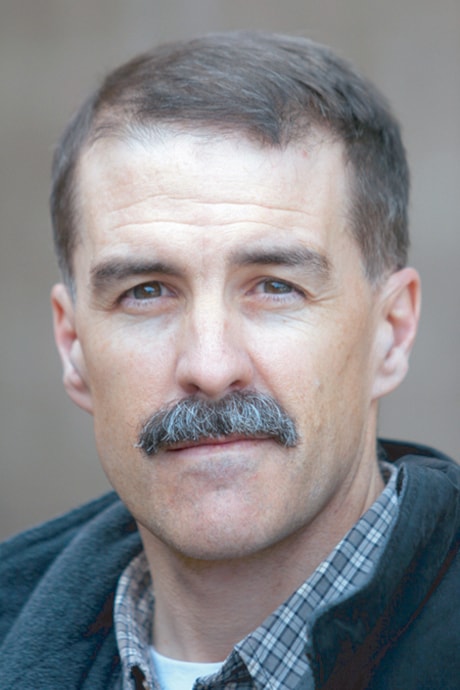“Are humans smarter than yeast?”
— Bob Shaw
Put some yummy substrate in a petri dish, along with a speck of yeast, and you can watch what happens when exponential growth hits a brick wall . . . or, in this case, a glass wall.
The problem is that yeast is kind of dumb. And they don’t have eyes. So they can’t see the looming glass barrier.
But are we any smarter? We have eyes. And we have brains. But do we know if there is a barrier to our growth?
One way to look at it is via something called HANPP, or human appropriation of net primary productivity (over 17,000 results on Google). I first learned about net primary productivity in university, when I was struggling through a forestry degree. As Wikipedia states, it is “. . . the rate at which all the plants in an ecosystem produce net useful chemical energy.” Or more simply, the amount of plant life that grows in any particular spot.
So the NPP in the arctic would be considerably less than the NPP in the Amazon.
HANPP, on the other hand, is a measure of how much of that plant life we humans use on a day-to-day basis. So the HANPP in a sparsely-populated part of the Amazon would be much less than the HANPP on an intensively cropped rice paddy in China.
It’s interesting to look at a global map of HANPP (also easily Googled). Red Deer — and most parts of the Canadian Prairies — sit in areas in which humans use between 50 per cent and 70 per cent of the NPP. And that makes sense when you drive around and see that much of the vegetation is destined to wind up either on the table or in the gut of some animal that will wind up on the table.
Travel a bit further to the southeast and you’ll hit a band from South Dakota to Ohio, where humans scoop up 70 per cent to 80 per cent of the NPP. And aside from harmful externalities, such as the algal “Dead Zones” in the Gulf of Mexico (caused by agricultural fertilizers floating down the Mississippi River), these numbers aren’t terribly scary. After all, much of the rest of North America lies in the HANPP range of zero per cent to 40 per cent. In other words, we’re not eating ourselves out of house and home quite yet (but as the collapse of the cod fishery shows, we can destroy ecosystems quite easily if we put our minds to it).
Where things do get scary — and fast — are places where the HANPP figures easily go to 90 per cent and 100 per cent and where handy-dandy items like money and fossil fuels are hard to come by. These are places like Rwanda, where, according to Jared Diamond (author of Collapse: How Societies Choose to Fail or Succeed), the genocide was largely due to overpopulation.
Travel further east and you’ll see many more huge swaths of extremely high HANPP areas. The Yangtze River valley in China is both intensively farmed and heavily industrialized. However, it is India that has the biggest chunks of 90 per cent and 100 per cent HANPP on the planet.
Will it become another Rwanda? It is heavily reliant on irrigation for agriculture, and it has an extremely serious groundwater depletion problem (up to four metres per year in places). And it has a disturbing history of religious violence, which is a very efficient tool for finding scapegoats.
Does this have anything to do with Canada? Only if you believe in the logic of cause and effect, and only if you stop to think about globalization and why stuff is so cheap at Walmart.
When I started writing this column, I Googled the word overpopulation. But as soon as I had typed “overpo…” up popped numerous entries under the heading of “overpopulation is a myth.” So I read through some of the nonsense. Some of it was from uber-religious zealots. Some of it was from folks who understand the word freedom, but not the word responsibility. And I suspect that some of it was from those rubes on 19 Kids and Counting and Sister Wives.
But there were also a few more thoughtful offerings. One from Fred Pearce, titled The Overpopulation Myth, looked at the declining global fertility rates. A few environmentalists got incensed over it, but I suspect that they had never read past the title, since Pearce’s main theme was about how overconsumption is rising at a much faster rate than fertility is falling. After all, there is no shortage of folks who think that it’s OK to drive the Hummer a block or two in order to get a coffee and a doughnut.
Pearce is just being methodical about the math; that’s all. And he is still effectively reminding us that there is a glass wall around our petri-dish.
Evan Bedford is a local environmentalist. Direct comments, questions and suggestions to wyddfa23@telus.net. Visit the Energy and Ecology website at www.evanbedford.com.
